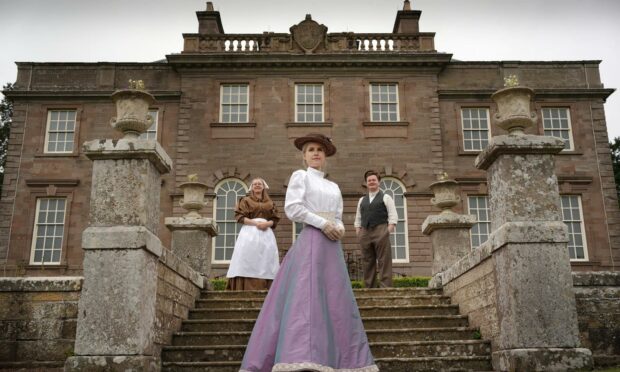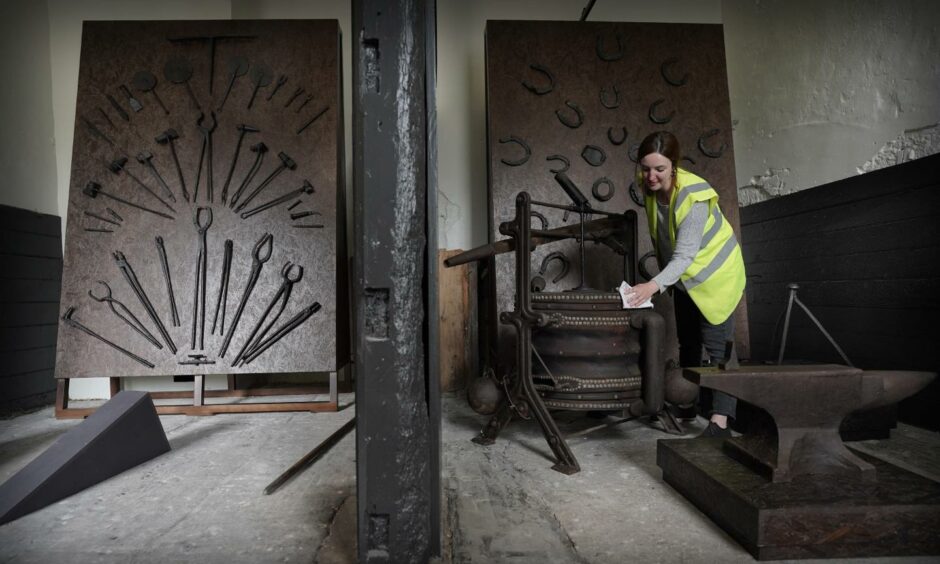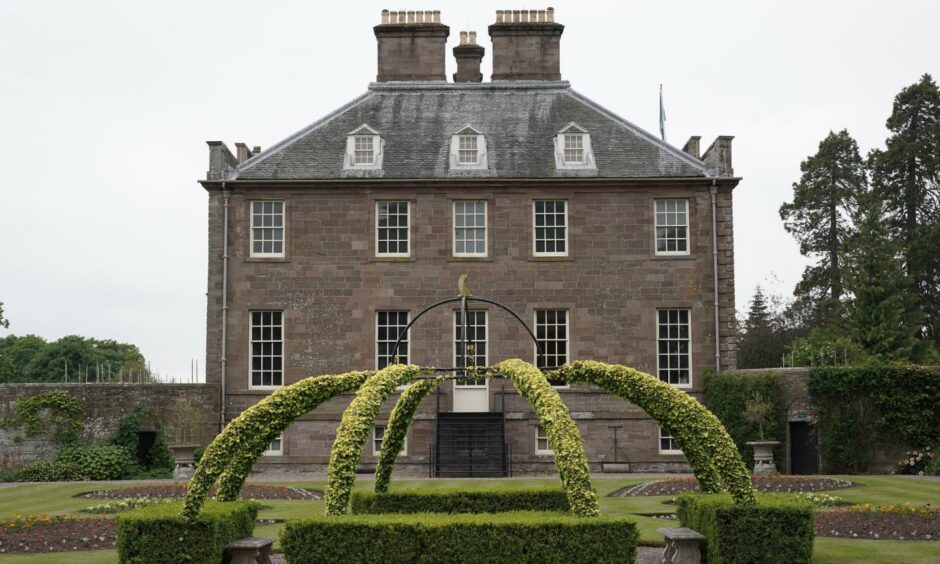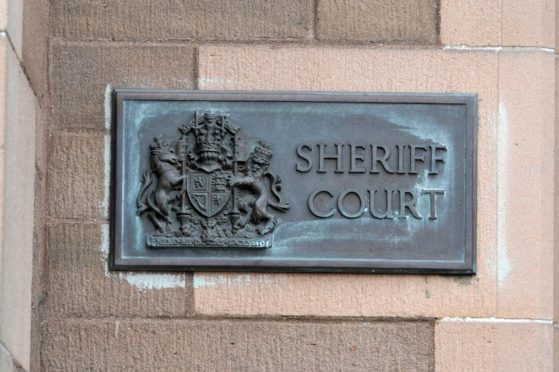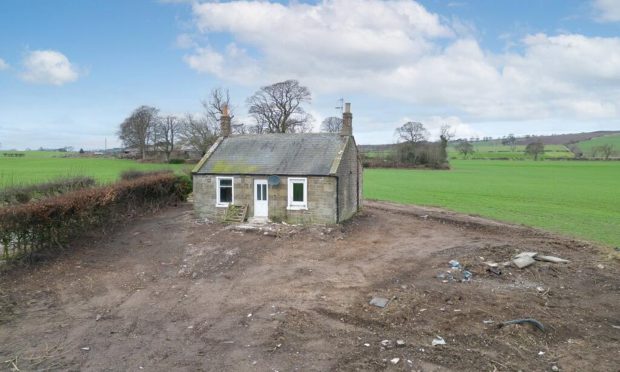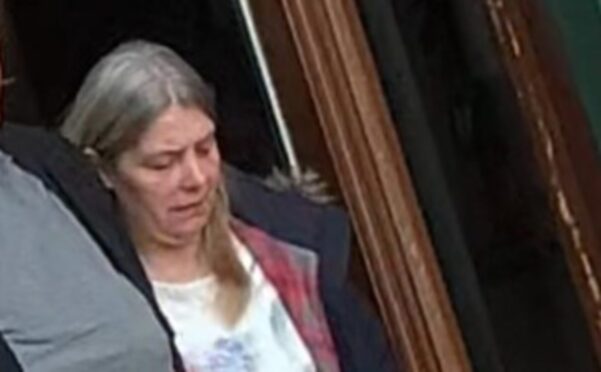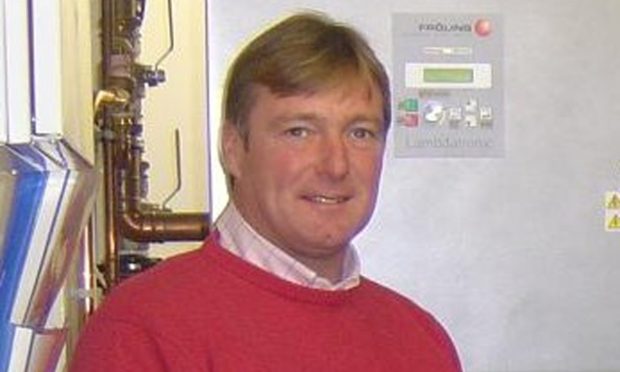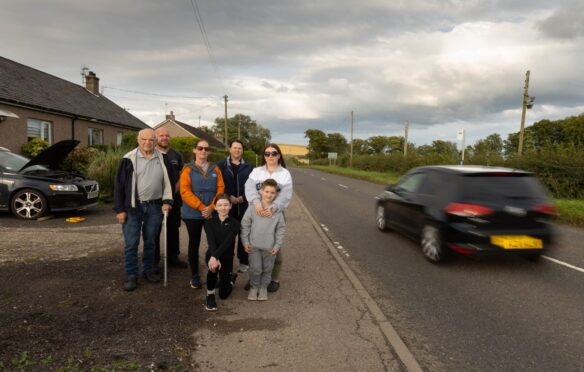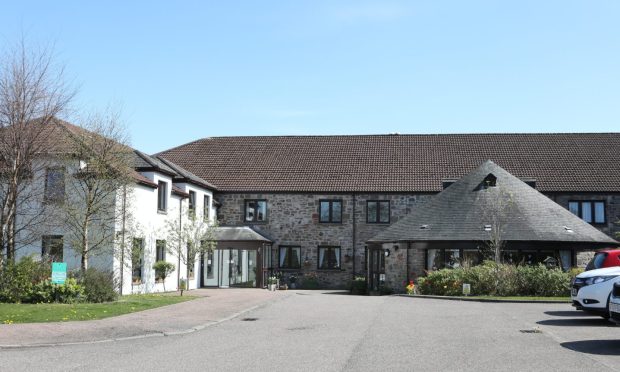The wait is finally over as a “re-imagined” House of Dun near Montrose once more opens its doors to visitors.
Not only has the historic National Trust for Scotland mansion had extra features added inside, its grounds are now the new home of the Angus Folk Museum.
Major work was undertaken earlier this year to transform underused space in the house’s courtyard area into a permanent base for the museum. It was forced to close in 2014 due to rising repair costs.
Now, around 400 items are on display, telling the story of 200 years of rural life in Angus. These were chosen from a vast collection amassed by Lady Maitland of Burnside in the first half of the 20th Century.
The aim of the £714,000 project was to create a heritage park. This now consists of the Georgian mansion, picturesque Victorian gardens, a 793-acre estate and the new permanent museum.
The reopening coincides with National Trust for Scotland’s 90th anniversary.
New cafes and shops
Inside the main house, visitors can take specially-created tours led by costumed guides who play the roles of three former residents of the mansion. In addition there are new audio installations throughout.
Elsewhere in the property, visitors can enjoy new cafes and shops, including pop-up spaces for local artisan producers.
New maps and signage provide information on beautiful walks around the estate. There is also a play park.
‘Fascinated by House of Dun’
Iain Hawkins, the National Trust for Scotland general manager for the North East says: “I grew up in Montrose and have always been fascinated by House of Dun. It’s very much a property that is tied to the landscape. And it’s that multi-layered tale that we’re telling in its new form.
“We’re making this a true destination property for the east of the country, with something different to love on each visit. As we all embrace our new post-lockdown freedom we need places like House of Dun even more. A place that we can connect with history and nature and share our love of Scotland’s rich heritage.”
House of Dun was designed by renowned Scottish architect William Adam for wealthy lawyer David Erskine (the 13th Laird of Dun). Completed in 1743, it was bequeathed to the National Trust for Scotland in 1980. Find out more here.
